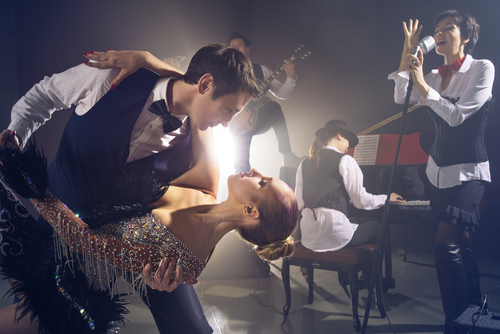Dances
Of America.
Dance has always been a part of our culture and heritage. The earliest of tribes and communities are found to have records of dances that can be dated back 30,000 years.
Various forms of dances have merged with evolution and modernization and evolved into various different genres across the planet. Based on its choreography and style of performance, it is used to convey different emotions and aesthetics. The style of dance is very significant depending upon its place of origin. It depicts their rules and culture, symbolising their community.
Multiple styles of dances of American origin have gradually gained a lot of popularity globally. They have been progressively adopted by theatrical performance practices and international dance arenas. Giving birth to renowned dances like tap dance and hip hop, America has had a pool of social and theatrical dancing styles.
The many of the popular dance forms of American origin are:
Hip Hop Dance
Adapted from the street style performances accompanied by the hip hop music, hip hop dance is a freestyle dance involving a wide range of techniques that primarily belong to the breakdance category.
Originally created in the 1970s, this informal dance gained popularity by featuring on television and in movies. This dancing style accompanied by jazz music is called "jazz-funk", which has gained recent popularity and has become an integral part of pop culture.

